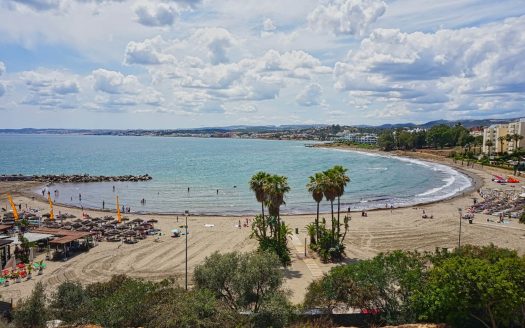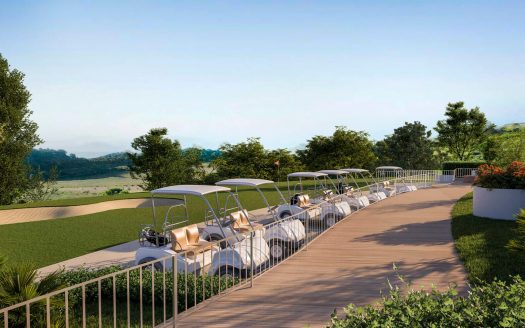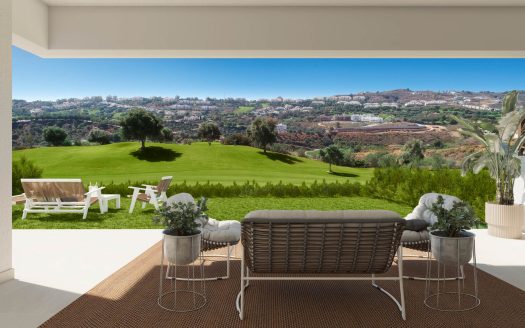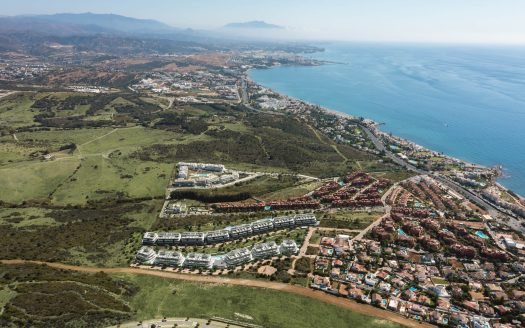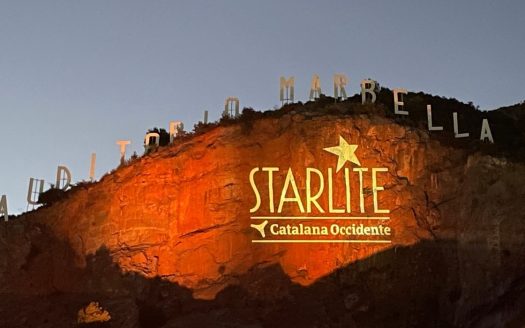
Free Downloads
Prices and availability
Receive all project information directly to your inbox.
Featured projects
Maralto From € 390.000ZEW Elviria From € 700.000Vivace Villas From € 990.000The Kove From € 385.000Birdie Hills From € 320.000Our Listings
- Apartment(259)
- Exclusive listing(16)
- Penthouse(214)
- Townhouse(39)
- Villa(132)
Areas
- Balearic Islands(2)
- Canary Islands(7)
- East-Marbella(105)
- Elviria(2)
- Ibiza(2)
- Istán(3)
- La Alcaidesa(3)
- La Mairena(1)
- Las Lagunas de Mijas(3)
- Marbella(40)
- Mijas Costa(2)
- Puerto Banús(4)
- Tenerife(7)
- Torremolinos(3)
- West-Marbella(220)
Follow Us













